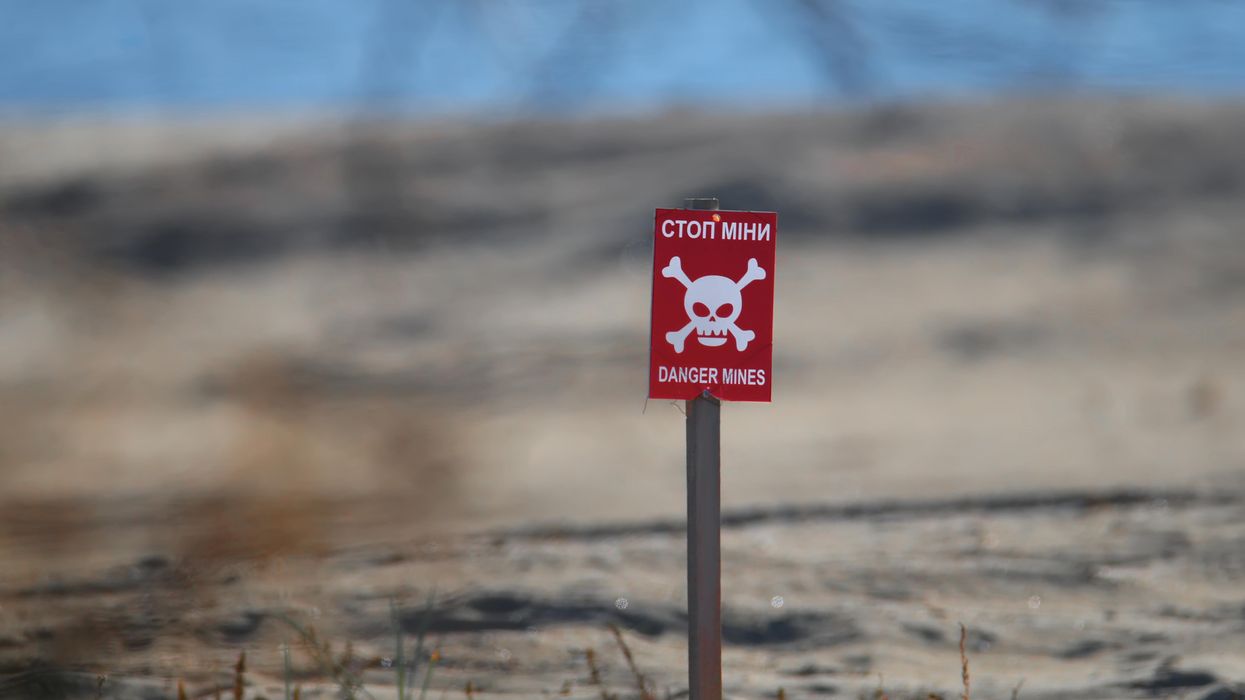Around this time last year, the United States Marine Corps announced a sweeping modernization and reorganization of their force. Guided by the vision of their newly appointed commandant, General David H. Berger, the service signaled it would be ditching many legacy weapon systems and trimming down on personnel and units in order to reorient themselves for future near-peer competition. Read: China. Force design, the scale and scope of the service, was the Commandant’s number one stated priority.
On April 1, Breaking Defense released an exclusive article outlining the yet to be released 180-page Tentative Manual for Expeditionary Advanced Base Operations. This document provides numerous details lacking in last year’s guidance and a roadmap that terminates in 2030. The plan is to create “small, agile units tasked with air defense, anti-ship and submarine warfare, and seizing, holding and resupplying small temporary bases as part of an island-hopping campaign in the Pacific.”
More specifically, this force will be comprised of over 100 Long Range Unmanned Surface Vessels. These 11-meter ships will be capable of launching drones to conduct surveillance or strike missions in contested areas. These will be complemented with “larger, crewed Light Amphibious Warships which are “envisioned as the principal littoral maneuver vessel.”
Next in the vision are plans for “14 new precision strike batteries dubbed NMESIS (Navy-Marine Expeditionary Ship Interdiction System).” With a range of 115 miles, these missiles could deter Chinese aggression or counterattacks following an amphibious assault of contested islands. Finally, the heart of the EABO concept is the Marine Littoral Regiment. These task oriented, battalion-sized units will focus on combat, logistics, and anti-air capabilities on small islands within the area of operations, enabling safety of the force as well as acting as a supply point for future operations.
Although creating units and hardware from scratch might seem radical, it is in line with the Berger’s guidance. The reasoning behind shifting from traditional naval amphibious ships, or the Gator Navy, is due to the threat environment and the proliferation of anti-access/area denial (A2/AD) weapon systems such as “long-range precision fires, mines, and other smart weapons.” Anti-ship missiles are to the amphibious assault what the machine gun was to the cavalry charge. Rather than send dozens of large, easy to target amphibious warfare ships laden with thousands of Marines and their gear, the commandant is asking for small, hard to target raiding parties. Hidden within the guidance, however, might be another clue for why Berger is essentially asking for his own navy will a little n: readiness.
Not only is the Marine Corps forcible entry mission challenged by the enemy, it is challenged by the “the continued degradation of our amphibious and auxiliary ship readiness.” As reported by The Marine Corps Times in 2018, the Navy had 32 amphibious ships, down from 62 in the 1990s. The result was 93 percent of Marine amphibious training requests went unfulfilled for West-coast based I-MEF (Marine Expeditionary Force) and around 50 percent unfulfilled for East-coast based II-MEF. This issue has been festering for years, but became much more acute as deployments in the Middle East wound down.
As stated in his conclusion about the future force in his initial guidance, the service needs to consider “capabilities not currently resident within the Marine Corps.” This would allow for creating “a single naval expeditionary force whereby the Commandant could better ensure their readiness and resourcing.” For all the grandiose talk of “integration” with the Navy and focusing on our “mandate to support the Fleet”, the Commandant’s plans now make it clear he wants to chart his own path, freed of the frustrating relationship with Big Navy and her shrinking amphibious fleet. Will his plans move forward and become a reality by 2030? Several issues stand in the way.
One is redundancy. If the Commandant thinks he is getting the jump on missions in the “littorals” and contested areas, that ship sailed (pun intended) in the early 2000s. In 2002 the Navy introduced the Littoral Combat Ship (LCS) program, and a few days ago commissioned the 22nd ship of the same class. Designed to operate with low draft in near-shore environments, the ships were tailored to “defeat asymmetric “anti-access” threats such as mines, quiet diesel submarines, and fast surface craft.” Additionally, they were designed to have modular mission capability packages that could be tailored to “deploy manned and unmanned vehicles and sensors in support of mine countermeasures, anti-submarine warfare, or surface warfare missions.”
As bizarre as it might sound for the Marine Corps to help fight submarines, it was alluded to by the commandant last November. If the Navy already has ships that fight in the littorals and deliver Marines and their gear, why should the Marines expect a fleet of their own? Why can’t the Marines just train for smaller scale amphibious assaults with the Navy’s littoral and amphibious ships acting in support?
Another roadblock is funding. As Mark Perry noted in RS last fall when analyzing the Marines new vision, General Berger’s plans revolve around hypothetical units, ships, and systems. They only exist as ideas on paper until Congress authorizes them. And while General Berger made a smart play for securing funding by beginning his transformation with trimming down his force, it appears trouble may be on the horizon. The FY21 defense bill slashed funding for the Marine Corps long range precision fires capabilities. If funding for his future force isn’t secured in the upcoming FY22 defense budget, it is hard to fathom how the new Corps can be operational by 2030 when starting from scratch.
And finally, what stands in the way of this transformation is the uncomfortable truth about the irrelevancy of amphibious assault itself. At the tactical level, if the Gator Navy is in danger of A2/AD weapons, it stands to reason that the new LRUSVs and Light Amphibious Warships will be as well. And more importantly at the strategic level it is assumed, without any analysis or reason, that China will deny sea access or seize islands in a hypothetical conflict. If China depends on open trade lanes for prosperity, why would they shut them down and incur the retaliation of the US Navy?
Taking islands like Iwo Jima made sense in World War II in order to stage bombers for follow-on strikes on mainland Japan. Taking a one-mile square island like Fiery Reef in 2021 doesn’t really fit into any strategic imperative, either for China or the United States. And even if China does occupy similar islands, so what? The US Navy is patrolling the South China Sea, the Chinese Navy isn’t patrolling Catalina Island off the coast of San Diego. The United States has a forward presence in China’s backyard, not the other way around. The real strategy the Marines are employing is one of bureaucratic survival using China as a monetary host.
By beginning with the faulty premise that China is setting the stage for an island-hopping campaign across the Pacific, the Marines can justify their breakup from the Navy and ensure their survival for many generations to come. The introduction to the new EABO manual just released references another document, “Operational Plan 712: Advanced Base Operations in Micronesia,” which laid the doctrinal foundation for “amphibious operations” and “conducting amphibious landings” which were the hallmark of Marine performance in World War II. Likewise, the Corps believes their new concept will lay a similar foundation for Berger’s transformation. The irony? Operational Plan 712 was written in 1921. Even General Berger must admit, a lot has changed in 100 years. Nostalgia provides comfort, but it can’t replace strategy.
























